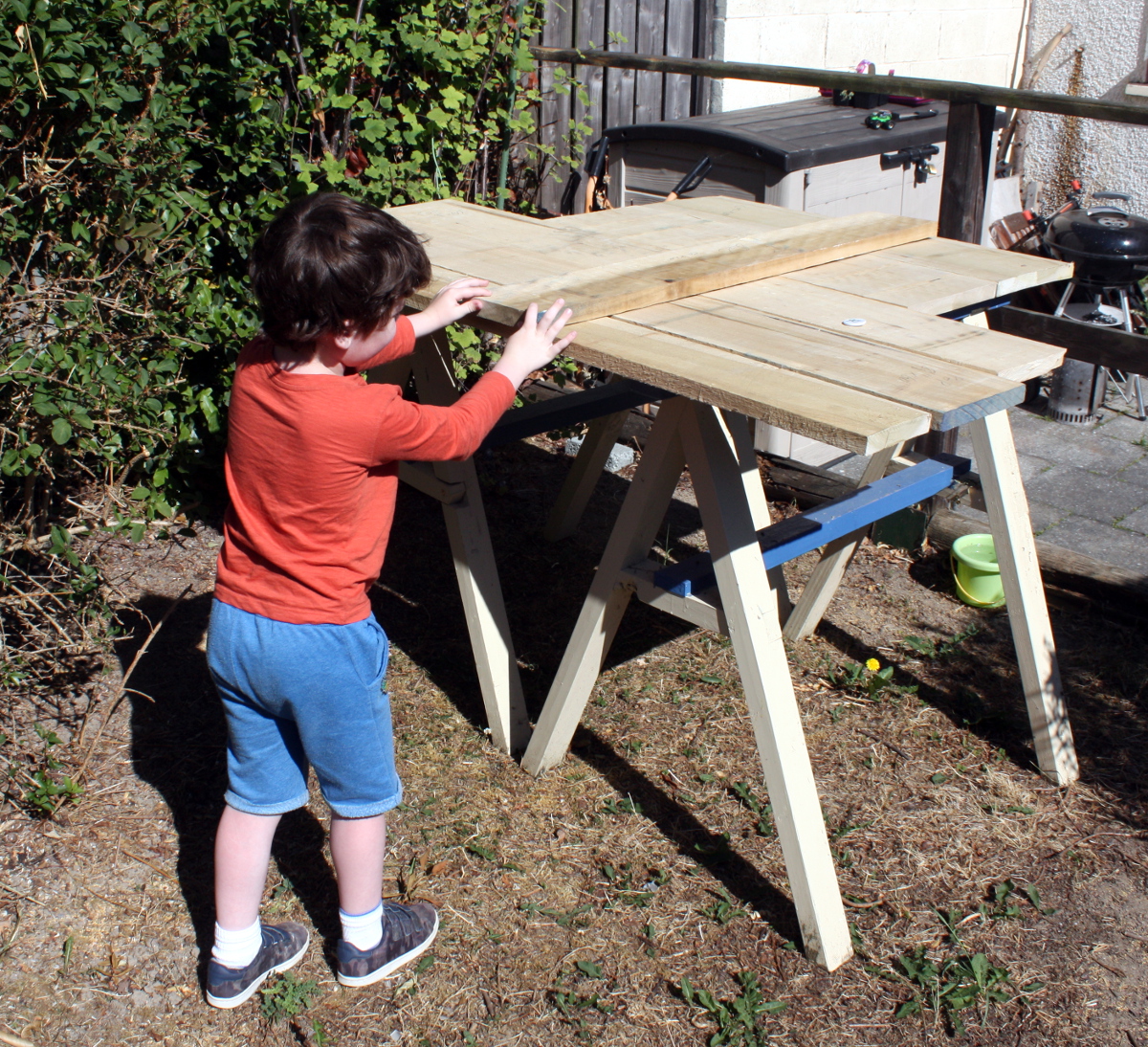Sgian Dubh
Established Member
Looking at the dimensions that seem to be indicated by your sketching on the timber sat up there in your garden, I still think it might be a better option to go for the tapered sliding dovetail rather than a simple sliding dovetail. Here's the reasoning.MarkDennehy":3bl60vx7 said:Starting to get a better picture in my head, and starting to agree with the sliding dovetail idea, even if I have to add a peg through from the outside as well to belt-and-braces it.
With the standard simpler to execute sliding dovetail the order of assembly is, for example:
1. slide the right hand end of one shelf into the side.
2. Slide the right hand end of the other shelf(ves) into the right hand side.
3. Slide the left hand end of all the shelves simultaneously into the left hand side.
Here's the catch; if all the joints are well executed, i.e., nice and tight, you might have trouble with stage 3 of the assembly process, i.e., one or both (more)shelves could lock out part way through assembly through racking and you can't get the thing together.
Contrastingly, the tapered sliding dovetail only tightens and locks solidly in place as the shelf approaches the last 12 - 20 mm of assembly. This makes stage 3 as described above pretty much stress free. You could, for example execute a standard sliding dovetail on the same end of all your shelves, i.e., left or right end, your choice, and only execute the tapered version on the other end. I don't see much benefit in this dual joinery approach because if you determine the tapered sliding dovetail version is the right one, you may as well just do it on all the shelf ends for all the difference it makes to your execution time once you've worked out the technical requirements.
Lastly, working on the KISS principle, the simple tongue and housing nailed together is still a realistic option in my opinion. Executed neatly with fine pins or brads, very few people would even notice the filled holes above the nail's head, assuming they're not hidden anyway by a wall or something similar. Slainte.

































